Introduction
Use this guide to replace or upgrade your hard drive for more storage space.
Tools
Parts
-
-
Lay your iMac front side down on a table with the lower edge facing yourself.
-
Loosen the single Phillips screw in the center of the access door.
-
Remove the access door from your iMac.
-
-
-
Remove the following 12 screws securing the front bezel to the rear case:
-
Eight 13 mm T8 Torx.
-
Four 25 mm T8 Torx.
-
-
-
Gently lift the front bezel from its top edge off the rear case.
-
Once the top edge of the front bezel has cleared the rear case, rotate the front bezel toward the stand and lift it off the rear case.
-
Rotate the front bezel away from the rest of the device and lay it above the top edge of the iMac.
-
-
-
Pull the LCD temperature sensor connector straight up off its socket on the logic board.
-
(located at the top of the logic board on the 24")
-
-
-
Remove the two T6 Torx screws securing the display data cable to the logic board.
-
Use the attached black tab to pull the display data cable connector straight away from the logic board.
-
-
-
Remove the eight T8 Torx screws securing the display panel to the rear case.
-
Lift the display panel from its left edge and rotate it toward the right edge of the iMac.
-
-
-
With the display panel still lifted, disconnect the four inverter cables.
-
(combined into one plug in on the 24")
-
-
-
To remove the hard drive bracket, squeeze the middle against the side of the hard drive while rotating the top left edge toward yourself.
-
After the left edge has been freed, rotate the bracket toward the right edge of the hard drive.
-
Lift the hard drive bracket straight up off the chassis.
-
-
-
If present, remove the small piece of tape covering the hard drive and optical drive temperature sensor cables.
-
-
-
Pull the hard drive temperature sensor cable straight away from its socket on the logic board.
-
-
-
Rotate the top of the drive toward yourself, then lift the hard drive straight up off its lower pins.
-
-
-
Insert the flat end of a spudger between the SATA data cable and the edge of the hard drive.
-
Twist the spudger to separate the SATA data cable from the hard drive.
-
Disconnect the SATA data cable from the hard drive.
-
Lift the hard drive out of your iMac, minding the thermal sensor cable that may get caught.
-
-
-
Remove the two T8 Torx pins from the side of the hard drive nearest the power and data connectors.
-
-
-
To remove the hard drive thermal sensor, use the sharp end of a spudger to lift the center finger of the thermal sensor bracket while applying slight tension to the thermal sensor cable.
-
-
-
Use the flat end of a spudger to pry the hard drive thermal sensor bracket up off the adhesive securing it to the hard drive.
-
To reassemble your device, follow these instructions in reverse order.
19 comments
Because there are no instructions for the 24", I used these and they worked fine. I shelled out $10 for the suction cups ifixit provides, but honestly the glass is really thin and lightweight, so cheapo suction cups from Home Depot should work just fine.
Len -
I couldnt agree more. The "Glass" is of couse plastic. I bought some whimpy suction cups in multi pack from Target and after i stuckem to the glass, it came off almost to easy. I was expecting a fight, i didnt get one.
I am about as untechnically proficient as you can imagine, yet replacing the hard drive was not as daunting as it first seemed when following these FANTASTIC step by step instructions. I was forced to do this because of a lack of money, but having done it, I'm glad I did. Even if I had the money, it's not worth the $500 it costs to have an Apple dealer or Apple themselves replace the hard drive. Just take your time and don't force anything, and you should be done in no more than an hour. Kudos ifixit!
Len -
On my 24" iMac, I only needed to disconnect the first LCD Cable (before removing the LCD's torx screws), then I was able to pivot the LCD up 90 degrees, to get access to the hard disk. It was nice not having to disconnect (and reconnect the 2nd and 3rd cables. Now I have 3TB! (Seagate Barrracuda ST3000DM001). Note: I first tried putting the 3TB disk into an SATA USB enclosure, so I could transfer the data before opening up the iMac, but I found out the some of the older USB enclosures don't work with >2TB disks.
Jeff D -
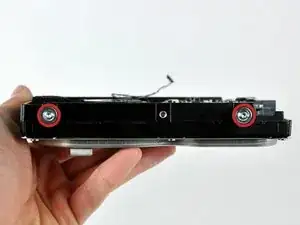
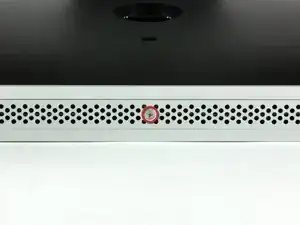
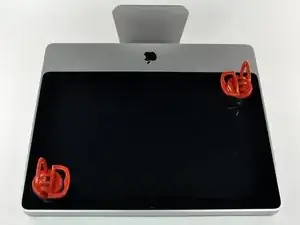
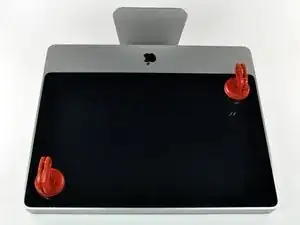
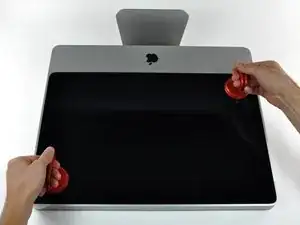
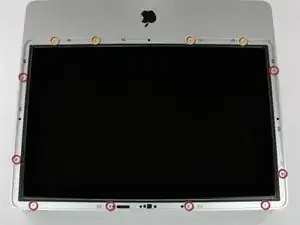
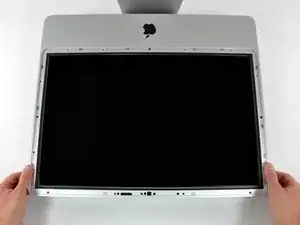
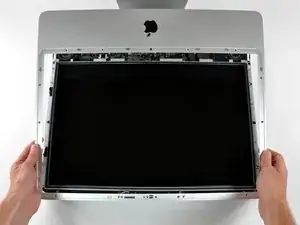
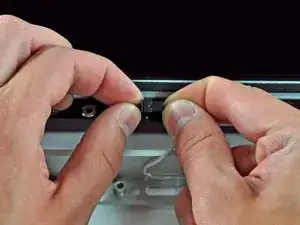
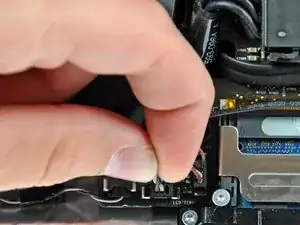
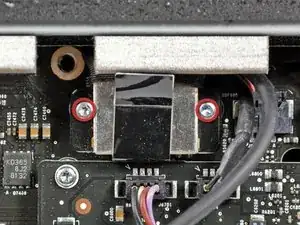
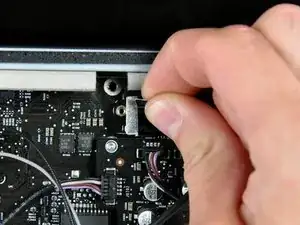
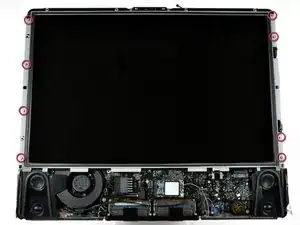
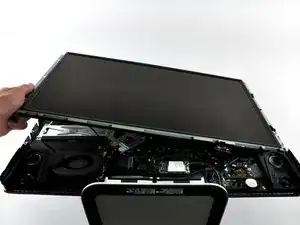
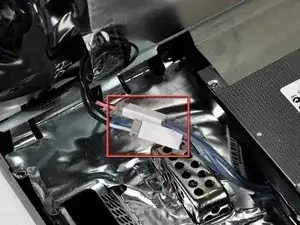
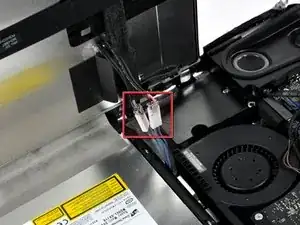
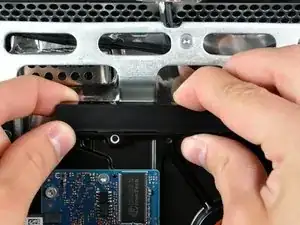
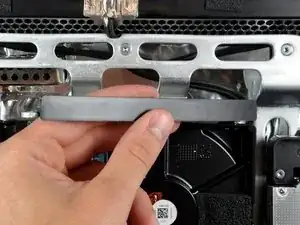
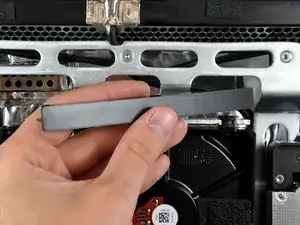
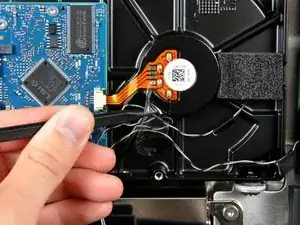
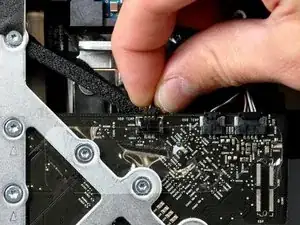
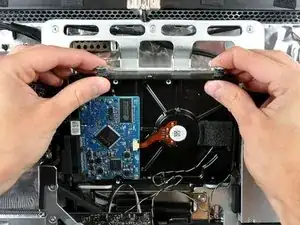
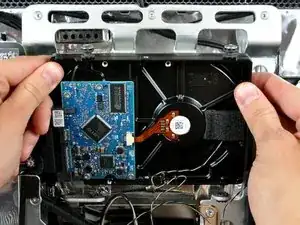
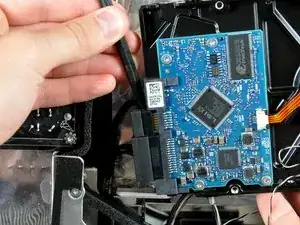
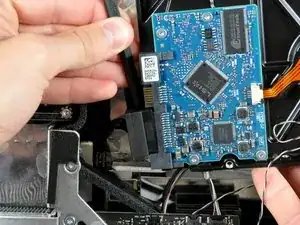
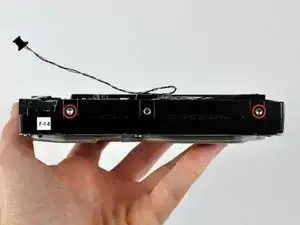
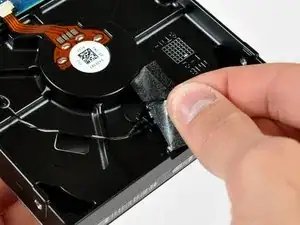
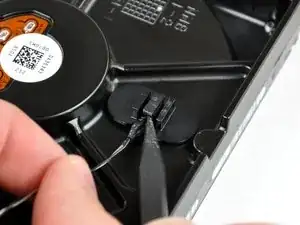
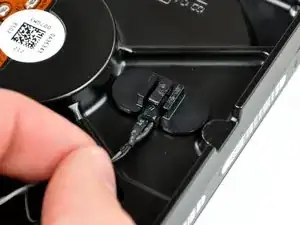
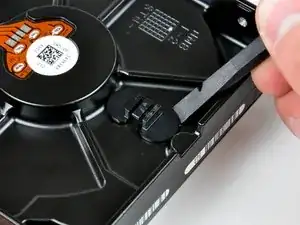
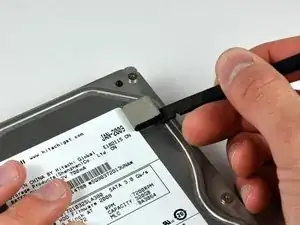

The grid won't fall off by itself. You'll have to help it. Use the smallest screwdriver you have; the Torx 6 worked fine for me. It should enter in one of the many holes composing the grid. Use it as a lever to ploy the grid a little bit. You may catch it with your fingers and that's it.
Be carefull not to damage the hole by a too strong leverage.
Laurent -
much more safer to use duct tape, instead of torx 6. (glue it along the length of the grid and pull). it will loose instantly and smooth;)
Hofmann78rus -
Anyone know a guide to replace the plastic piece this screw connects to? I accidentally forgot this step - went to remove the front bezel and bent the plastic piece the access door connects to.
Jason Augustin -